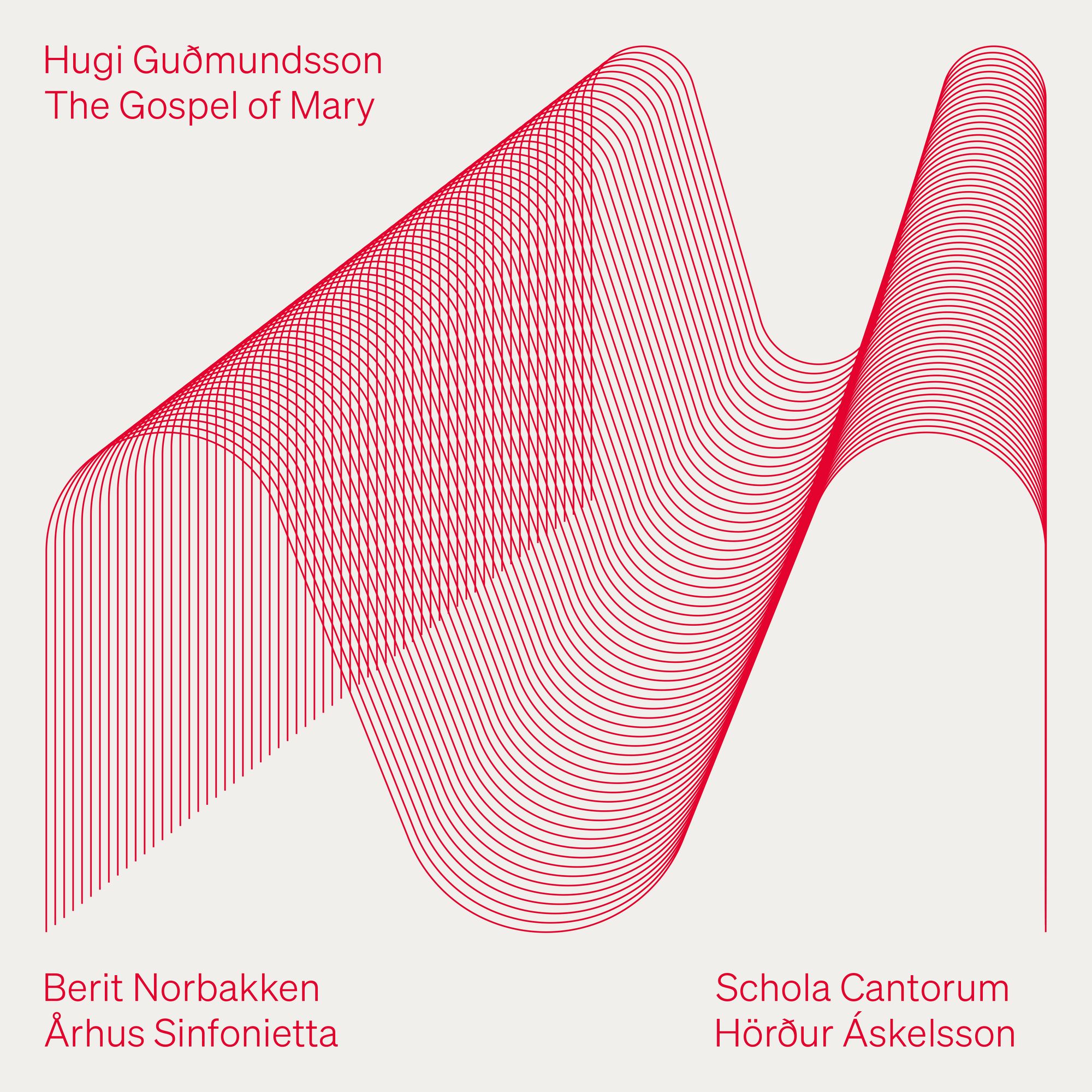REPOST: The Gospel of Mary: Hugi Guðmundsson's oratorio
This is a major piece of music - Guðmunsson”s setting is as profound as the words of the Gospel itself

Sometimes pieces get under the skin. Thsi is one, so why not have the Mary Gospel again ...
This is a fascinating setting by Icelandic composer Hugi Guðmundsson of a rare text: the apocryphal Gospel of Mary. Texts are from various papyri, and also reference is made to Karen L. King's book The Gospel of Mary of Magdala (Polebridge Press, Santa Rosa, California 2003). Interestingly, Guðmundsson has also written a piece called Apocrypha:
Guðmundsson is a Rejkjavík-born composer. Although h e played guitar from early on, his first true inspiration came from Death Metal. The composer explains (from his website):
Although it may seem a long way from the music he composes now, Gudmundsson has pointed out that the freedom of form, tonality and rhythm that is so prominent in death metal is in fact much closer to contemporary classical music than traditional pop or rock. So perhaps it is not such a strange path to take after all
Guðmundsson’s most famous teachers are Bent Sørensen and Hans Abrahamsen, from the Royal Danish Academy of Music.
Here is an excellent video introduction by the composer to his 2021 piece The Gospel of Mary, with musical excerpts so you can also get a further feeling of Guðmundsson’s very individual sound world:
The music is astonishing. Here is “Gospel Text I,” the first quote from the Gospel in which Mary sees Jesus in a vision, and he answers:
How wonderful you are
For not wavering at seeing me!
For where the mind is,
There is the treasure
Quite an idea; Guðmunsson follows it with a chorale, which as in Bach’s Passions act as oases of peace within the whole. As an example, here’s the second, “He told her of such wondrous things, And she listened with joy. She taught them all what he revealed Which they had never heard. The darkness that confronts the soul Will fall away and cease, When the bright daylight finally shines in peace”:
The solo flute Meditation II is an “In Memoriam, Hallfridur Olafsdöttir (1964-2020)”:
.. before the remarkable aria I, “Seeking God”: “The Magdalena was not dead to the World when she found him”:
The solo instrumental Meditations are reflections, musings: sometimes quite pained ones, as in the case of Meditation III for solo bassoon:
Possibly the most beautiful tract is “Gospel Text II” in which Peter asks Mary for what Christ taught her that the rest of the disciples did not know. Mary’s response is of the Soul’s ascent past the Powers (of which there are seven forms) and the transcendence achieved thereafter. Norbakken comes into her own here, her voice soaring, and both passionate and wise:
The glassy textures of the final two sections, “Gospel Text VI” and “Postludium” seem to encapsulate the heart of the entire work; the texts act as final announcement (“We should clothe ourselves with the perfect human”) and final entreaty to peace.
This is a major piece of music - Guðmunsson”s setting is as profound as the words of the Gospel itself. The performance under Harður Ákselsson is superb, as is the recording, the Schola Cantorum the ideal chorus, the Århus Sinfonietta giving their all. Full text included - absolutely recommended.
